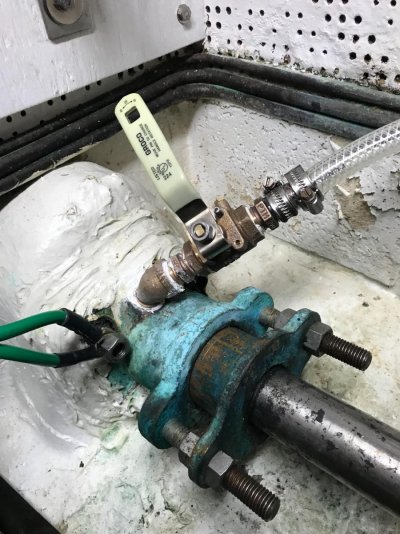Sailor of Fortune
Guru
I too have trouble finding bronze in small fitting. Brass may have been used and I am sure has been globally for small parts....the only thing I can think of is small part small leak.
Pretty sure the PSS shaft seals use a nylon hose barb. Stonger than plastic, but not marelon. Could go that way.
But I know in the past, someone here had an on line supplyer that had small bronze hose barbs...hopefully they will post soon.
Try Rose's Marine in Gloucester , Ma. They are usually good with this kind of stuff. They are a Marine supplier,shipyard and machine shop. Most of the Boatbuilders in Maine get their shafts supplied and machined here. They will be able to advise for a suitable substitute. Excellent peeps there, a wealth of knowledge Rose's Marine Supplies, Marine Exhaust, Pumps, Hatches, Marine steering systems, Gloucester, Massachusetts, Boston (978) 283-3334. I would call them on phone.

